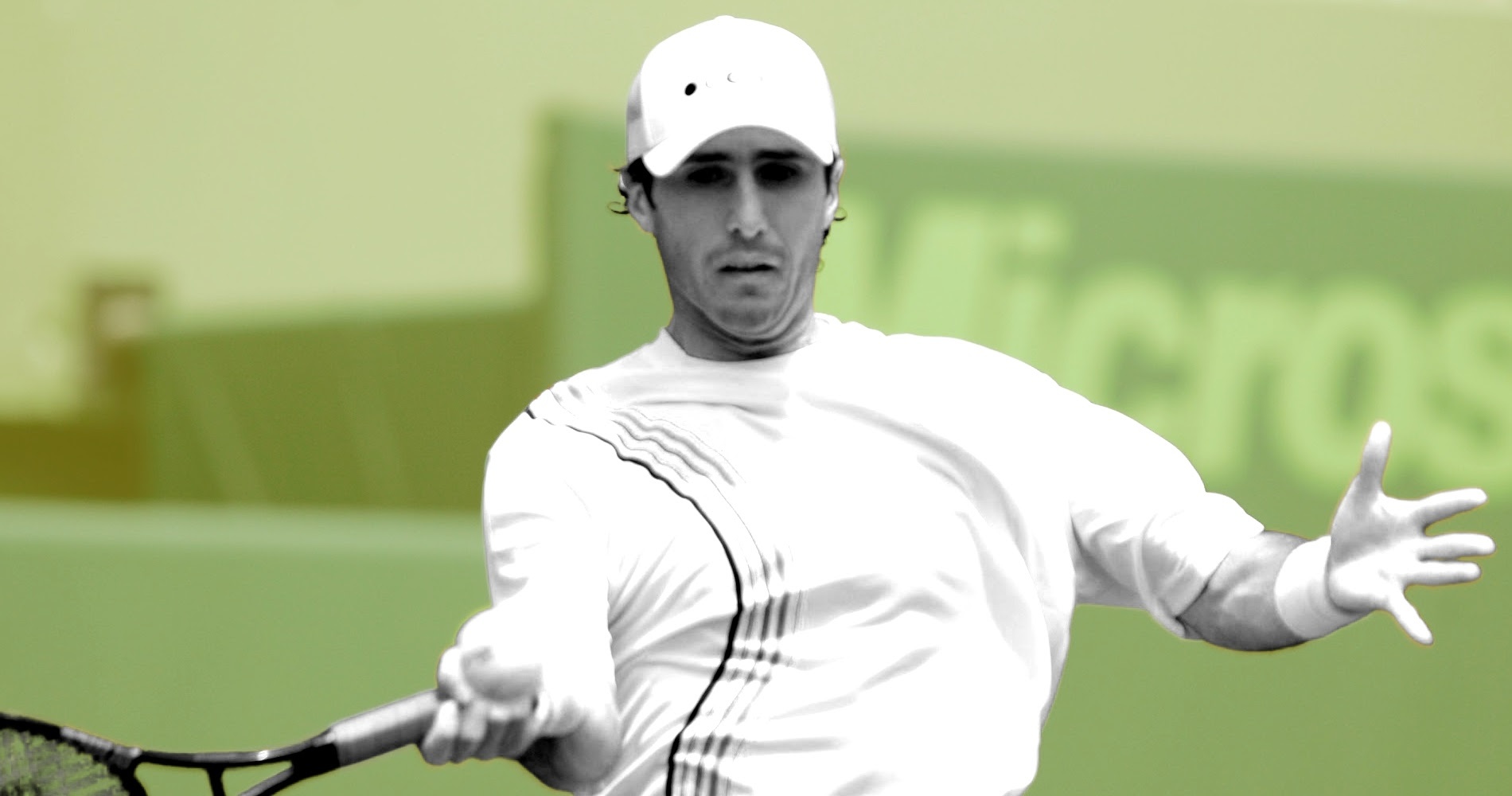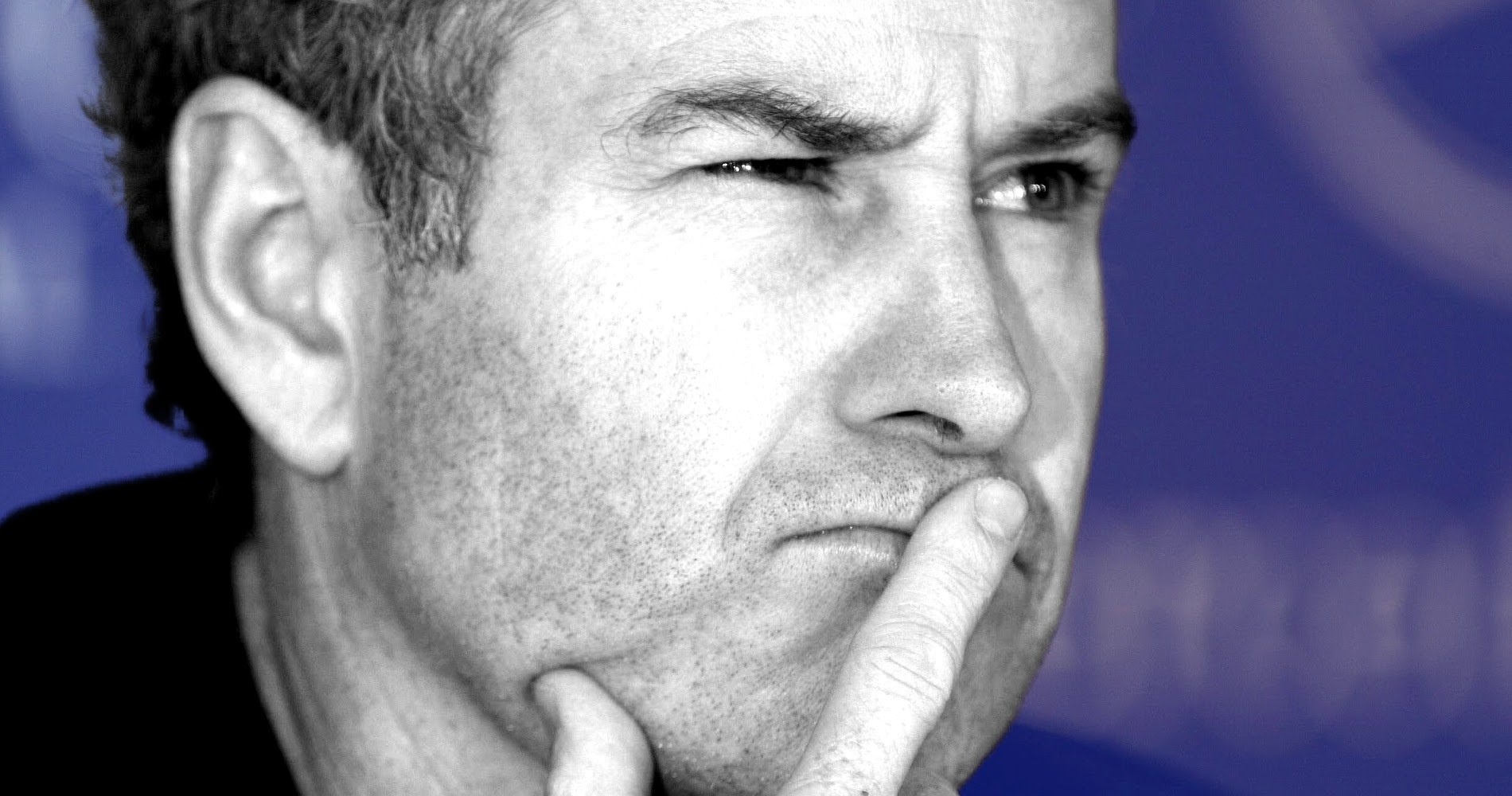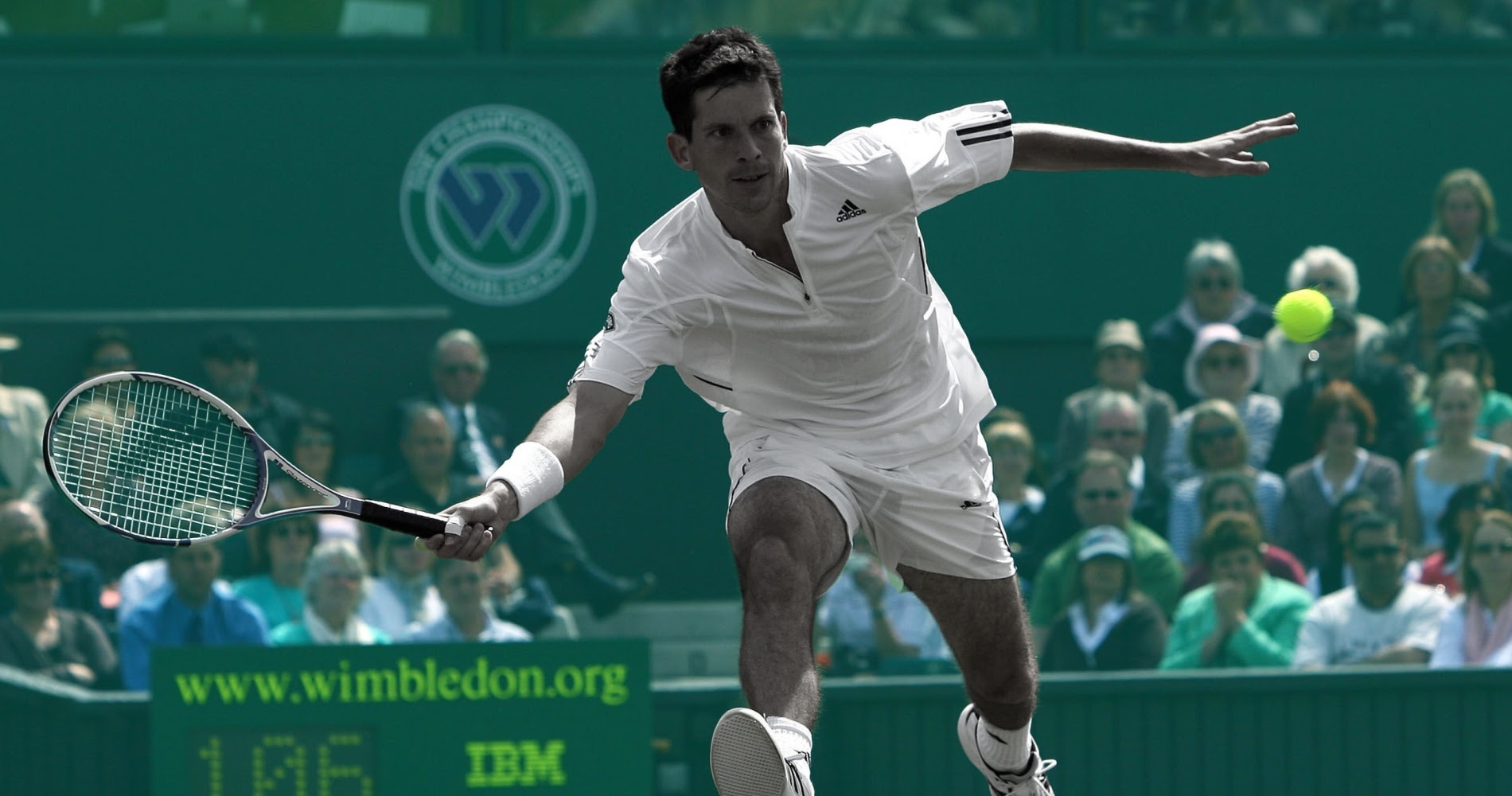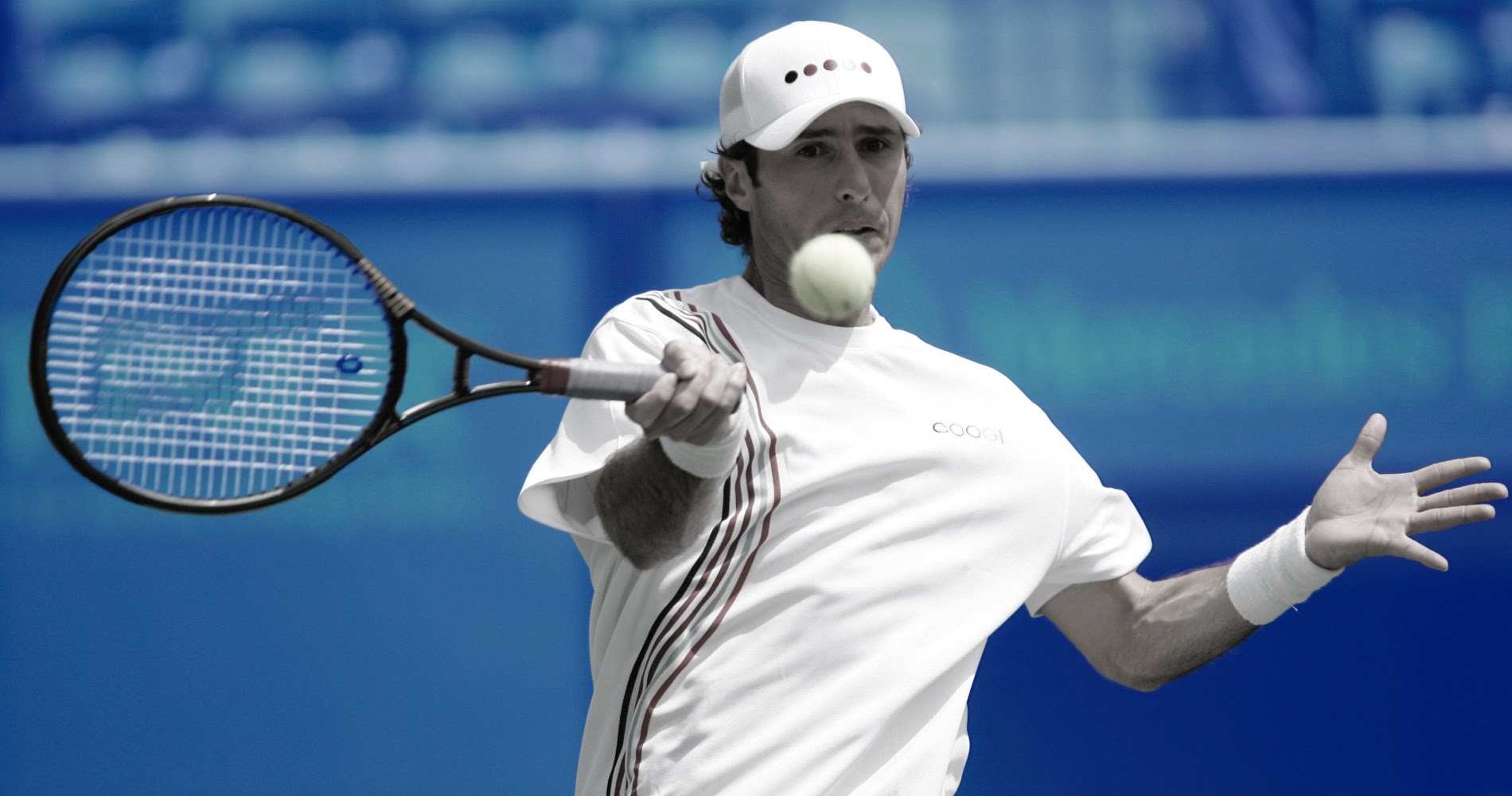March 7, 2004: Vince Spadea, famous for record losing streak, wins first ATP Tour title
Each day, Tennis Majors takes you back in time to an important moment in tennis history. On this day in 2004 Vince Spadea won his first ATP tour title, four years after breaking the record for the most consecutive losses on the tour
 Vince Spadea OTD 03_07
Vince Spadea OTD 03_07
What happened exactly on that day?
On this day, March 7, 2004, Vince Spadea, from the United States, famous for holding the record of the longest losing streak in tennis history, claimed his first ATP title in Scottsdale, Arizona. To achieve that feat, Spadea had to defeat Andy Roddick, world No 3, in the semi-finals (6-7, 6-3, 6-4), and Nicolas Kiefer, ranked No 46 but a former world No 4, in the final (7-5, 6-7, 6-3).
The players involved: Vince Spadea and Nicolas Kiefer
- Vince Spadea, holder of an unwanted record
Vince Spadea, born in 1974 and winner of the 1992 Orange Bowl, turned pro in 1993. After entering the top 100 in 1994, he established himself as a regular top 50 player, reaching the fourth round at the 1995 US Open (defeated by Petr Korda, 6-2, 7-5, 6-4), and reaching the final in Sankt Pölten in 1998 (lost to Marcelo Rios, 6-2, 6-0). His best season so far had been 1999, as he made his way to the quarter-finals of the Australian Open (lost to Tommy Haas, 7-5, 7-6, 6-3), and reached a second final on the tour, in Indianapolis (defeated by Nicolas Lapentti, 4-6 6-4 6-4).
At the end of the year, while he reached his best ranking ever in October as world No 19, he lost to Lleyton Hewitt in the semi-final in Lyon, thus starting what would eventually become the longest losing streak in tennis history. In June 2000, at the start of Wimbledon, his ranking had dropped to No 61 when he managed to defeat Greg Rusedski (6–3, 6–7, 6–3, 6–7, 9–7) to end the 21-match run.
However, Spadea was not out of trouble: he won only two other matches on the main tour in 2000, and his ranking dropped as low as world No 237. Back on the Challenger Tour, he only came back into the top 100 in February 2002, and in March 2004, he was world No 29.
- Nicolas Kiefer, former world No 4
Nicolas Kiefer, from Germany, was born in 1977. He was a very promising junior player, claiming two Grand Slam titles in 1995, and he qualified for his first Grand Slam main draw at the 1996 Australian Open. His breakthrough year was 1997, when, after he reached the quarter-finals at Wimbledon (lost to Todd Woodbridge, 7-6, 2-6, 6-0, 6-4), he finished the season as the German No 1. That same year, he also claimed his first ATP title, in Toulouse, defeating Mark Philippoussis in the final (7-5, 5-7, 6-4).
In 1999, Kiefer claimed three titles, the biggest one in Halle (defeating Nicklas Kulti in the final, 6-3, 6-2), and, reaching two other finals in Dubai and Vienna, he climbed as high as world No 4, which allowed him to qualify for the Masters Cup, where he lost to Pete Sampras in the semi-finals (6-3, 6-3). In 2000, despite adding two titles to his list of achievements, the German’s ranking dropped to world No 20 at the end of the year, and, in the following years, he remained at good top 50 player but never approached the top 10 again.
The location: Scottsdale Open, Arizona, USA
The Scottsdale Open was established in 1986. Held at the end of February or in early March, it was a prestigious hard-court event, won by three former world No 1 players: Jim Courier (1995), Lleyton Hewitt (2000, 2003), and, above all, Andre Agassi, who held the record of the four titles won in Arizona (1993, 1994, 1998, 2002).
The facts: Spadea wins final in three sets
In March 2004, 29-year-old Vince Spadea’s most famous achievement was his 21-loss streak in 1999-2000, the years when German Nicolas Kiefer was a top 10 player. Now, in the Scottsdale final, Spadea, who had managed to get back to the top, was world No 29, while Kiefer was 46th.
In the semi-finals, to general astonishment, Spadea had eliminated Andy Roddick, world No 3, despite having been one set and one break down.
“It’s always a great accomplishment to beat a player ranked as high and who has accomplished what he has,” said Spadea. “Especially being down a set and almost two breaks, I could have been complacent and folded but I didn’t.”
In the first set, Spadea was more consistent from the baseline and broke Kiefer in the 10th game, taking the first set, 7-5. The second set slipped away from his hands, despite having served for the set at 5-4, but in the decider, the American finally prevailed, 7-5, 6-7, 6-3). During this third set, a few words were exchanged when Spadea had a sip of water during the seventh game, which he was technically not allowed to.
Nevertheless, after the difficulties faced by Spadea a few years before, winning his first ATP tournament at his 224th attempt was a big achievement. “I’m quite excited,” said Spadea.
“I’m 29 years old. I guess this shows you can teach an old dog new tricks. I never realised that my focus was maybe not to do these kinds of things but this week it was. I’ll have a different mentality from now on. I thought just being on the tour was fun. It’s better late than never.”
“He didn’t win it, I lost it,” commented Kiefer, rather bitterly.
What next? Spadea fades; Kiever reaches Aus Open semis
Despite his new mentality, Vince Spadea would not win any more tournaments before his retirement. However, he would reach two other finals, the first one in 2004, in Delray Beach, and the second one in Newport in 2005, which would help him climb as high as world No 18. The American would retire in 2010.
Nicolas Kiefer would not add any more titles to his list of achievements, but in 2006, he would reach the Australian Open semi-finals (defeated by Roger Federer, 6-3, 5-7, 6-0, 6-2), and in 2008, he would finish runner-up to Rafael Nadal at the Toronto Masters 1000 (6-3, 6-2). The German would also retire in 2010.









